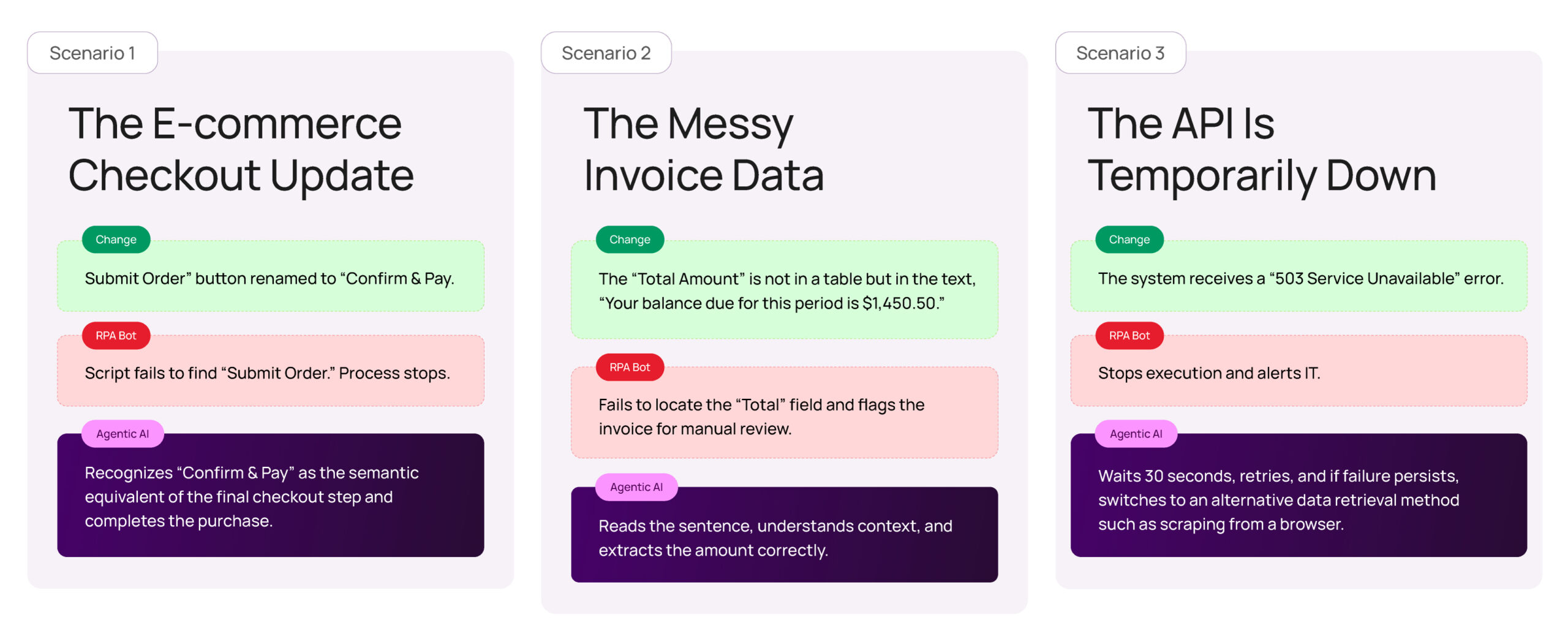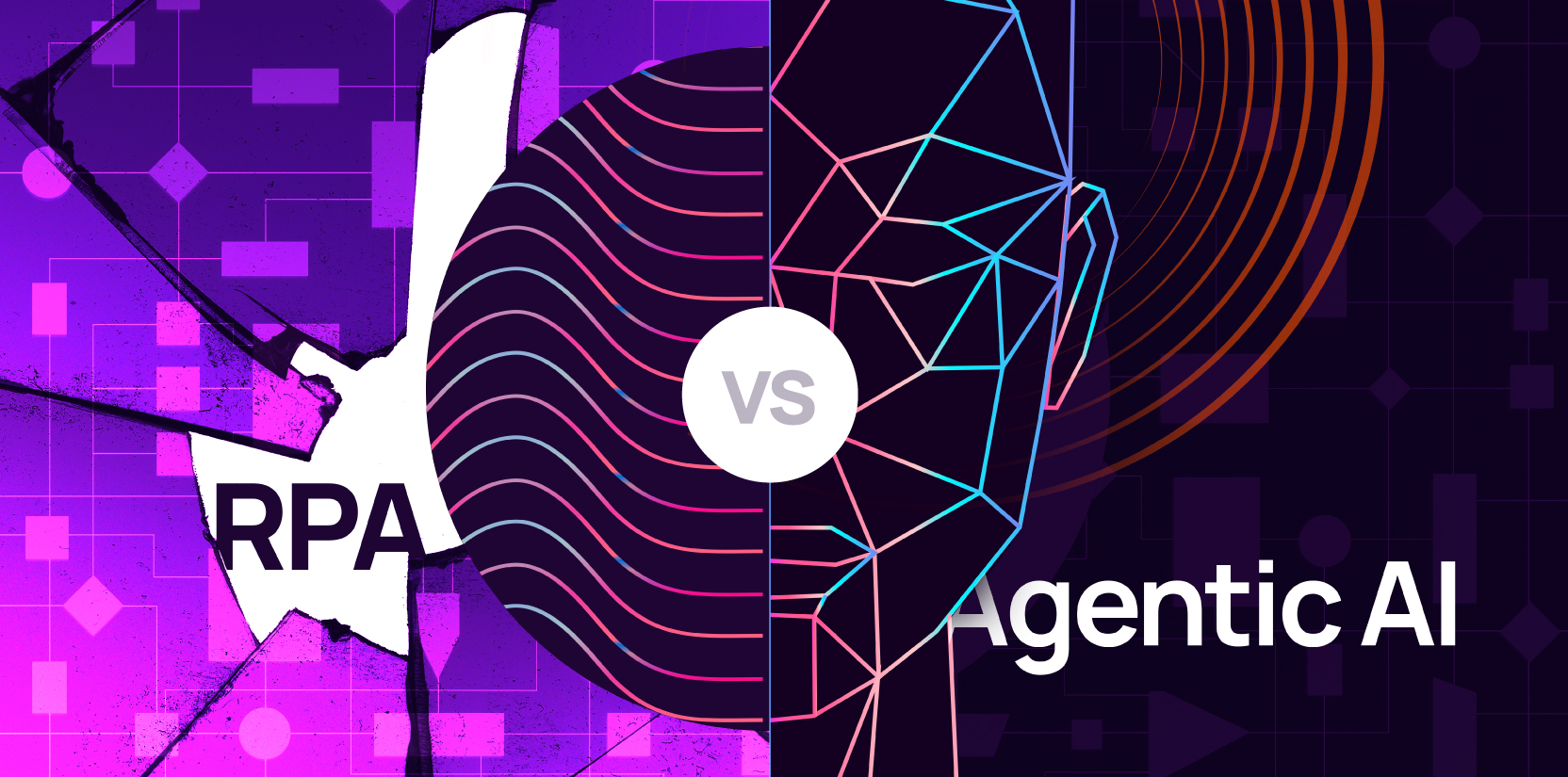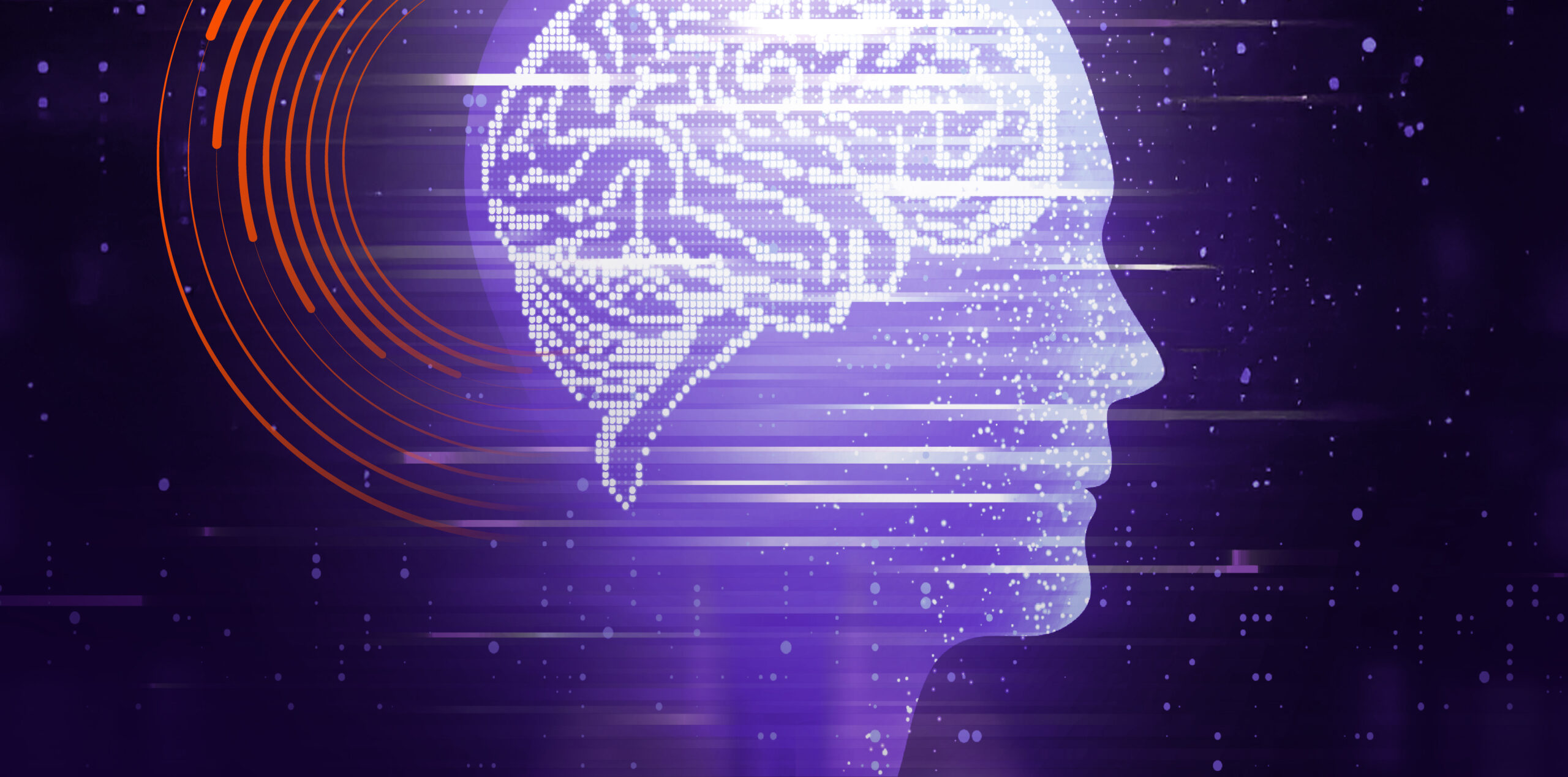It’s 3:00 AM. Your most critical financial close process, which you proudly automated months ago, is supposed to be running. Instead, a single, glaring red flag sits in your dashboard: “PROCESS FAILED.”
You log in, heart pounding, to find your Robotic Process Automation (RPA) bot is frozen. It’s stuck on the login page, endlessly trying to click a button that isn’t there. Why? Because the web team pushed a minor update, changing the button’s text from “Sign In” to “Log In” and moving it 20 pixels to the right.
This is the multi-million dollar “dirty secret” of first-generation automation. We built a digital workforce that is incredibly fast and precise, but also incredibly brittle.
RPA bots are like a high-speed train locked onto a single track. As long as the track is perfect, they are a marvel of efficiency. But the moment a single rail is warped or a branch falls on the line, the entire system comes to a catastrophic halt.
Now, a new paradigm is emerging: Agentic AI. This new model isn’t a faster train; it’s an all-terrain vehicle with a GPS. It’s not just faster; it’s smarter. It’s designed not just for execution, but for resilience.
This article provides a practical look at why your RPA bots are so fragile and how the adaptive, resilient nature of Agentic AI is the game-changing fix.
Part 1: The Anatomy of an RPA Failure — The “Brittleness” Problem
“Brittleness” refers to how easily RPA bots break when faced with even minor, unexpected changes in their digital environment. his fragility highlights one of the key RPA limitations, where automation depends entirely on rigid, rule-based scripting rather than adaptive logic.
RPA operates on deterministic, rule-based logic. A bot is given a simple, rigid script such as “Go to coordinates (x,y) and click” or “Find the HTML element with id=’btn-login-123′.” It has no understanding of its task. It does not know it is “logging in.” It only knows to follow the script. When the script no longer matches reality, the bot fails.
Let us look at the most common, real-world failure points.
Failure Point 1: The Ever-Changing User Interface (UI)
This is the most common bot-killer. Websites and applications are not static. Marketing teams run A/B tests, developers push updates, and content banners change daily.
- Selector Changes: An RPA bot is often told to find a button using its “selector,” such as an ID (id=”submit-btn“) or a CSS class (class=”primary-button”). When a developer refactors the code, that button might become <button class=”btn btn-primary”>. To the human eye, nothing looks different, but the bot’s instructions are now useless.
- Positional Changes: Many older RPA tools rely on screen coordinates. A new ad banner, a browser update notification, or a change in screen resolution can push the entire webpage down by 50 pixels. The bot, blind to this shift, clicks on what it believes is the “Submit” button but actually hits “Cancel” or a blank space.
- Text or Label Changes: The bot’s script might say, “Find the field labeled ‘Zip Code’ and enter data.” If the form is updated to say “Postal Code,” a human immediately understands the equivalence, but the bot’s Find(“Zip Code”) rule fails.
Failure Point 2: The Unpredictability of Time (Timing and Latency)
RPA bots live in a world of milliseconds, but web applications do not. A bot’s script is a series of steps that often relies on fixed “wait” times.
- Slow Page Loads: A script may tell the bot, “Click ‘Login’, wait 3 seconds, then enter ‘Username.’” One day, the network is slow, and the login page takes 5 seconds to load. The bot waits 3 seconds as instructed and then tries to type into a blank white screen. Process failed.
- Unexpected Pop-ups: The bot might be in the middle of a process when a pop-up appears, such as “Subscribe to our newsletter!” or “Your session is about to expire.” Since the bot was never programmed to handle this new element, it either clicks through incorrectly or freezes altogether.
Failure Point 3: The “Human” Element (Data and Process Variations)
The real world is rarely clean or uniform. Data formats, new steps, and ambiguous input often break the brittle logic of RPA.
- Data Format Changes: A bot may be programmed to process invoices where the date format is always MM/DD/YYYY. If a new vendor submits an invoice in DD-MM-YYYY format, the bot might interpret 13-05-2025 as an invalid month, resulting in an “Invalid Data” exception.
- New or Optional Steps: The IT department may add a new, optional step to the login process, such as a “Remember this device?” checkbox. The bot’s script does not account for this, which disrupts the entire sequence of actions.
- Unstructured Data: This is RPA’s greatest weakness. A bot cannot interpret language or intent. For example, if a customer writes, “I am furious, my package never arrived,” the bot may only detect the words “package” and “arrived” and mistakenly classify it as a “Delivery Confirmation.”
The outcome of all these small fragilities is a massive hidden Total Cost of Ownership (TCO). Organizations do not only pay to build bots but also to maintain them, often employing full-time developers who constantly monitor, fix, and rescript them whenever digital environments change.
Part 2: The Agentic AI Fix (The “Resilience” Solution)
Agentic AI redefines automation by focusing on goals instead of scripts, enabling a new era of adaptive automation that can dynamically respond to environmental and data changes.
An AI agent, powered by a Large Language Model (LLM) as its “brain,” is a cognitive, goal-oriented system.
- An RPA bot is told: “Click id=’btn-login-123′.”
- An AI agent is told: “Log in to the customer portal.”
The agent then determines how to achieve that goal. This cognitive, problem-solving ability is the source of its resilience.
The difference between AI agents and RPA lies in cognition. While RPA follows predefined scripts, AI agents understand context, reason about intent, and adapt in real time to achieve goals.
Mechanism 1: Semantic Understanding (Intent over Instruction)
An AI agent understands the meaning, or semantics, of elements, not just their code.
When the “Sign In” button changes to “Log In,” the AI agent does not fail. Its reasoning process is:
- Goal: “Log in to the portal.”
- Plan: “Find the username field, the password field, and the submit button.”
- Action: “Scan the page. Identify fields labeled ‘Email Address’ and ‘Password,’ and locate the button with the text ‘Log In.’”
- Reasoning: “‘Log In’ is semantically equivalent to ‘Sign In’ or ‘Submit’ in this context.”
- Result: The agent correctly clicks the new button and proceeds without interruption.
Mechanism 2: Cognitive Reasoning & Dynamic Planning
Agentic AI does not follow a static script. It creates a dynamic plan and adapts it in real time, following a Reason–Act–Observe loop.
For example, when an unexpected pop-up appears:
- RPA Bot: Tries to click where the “Submit” button should be, but the pop-up intercepts the click. Process fails.
- AI Agent:
- Goal: “Click the ‘Submit’ button.”
- Action: “Try to click ‘Submit.’”
- Observation: “Click blocked by a new overlay.”
- Reading text: “Subscribe to our newsletter for 10% off!”
- Reasoning: “This is promotional. I must close it before proceeding.”
- Action: “Locate and click the ‘X’ or ‘No Thanks’ button.”
- Observation: “Pop-up closed. Submit button visible.”
- Action: “Click ‘Submit.’”
- Result: Goal achieved.
Mechanism 3: Autonomous Error Handling
An RPA bot’s error handling is limited to a pre-defined try-catch sequence. If an error occurs, it either stops or executes a preset fallback like sending an alert email.
An AI agent, on the other hand, reads and interprets error messages, reasoning about context.
For instance, when uploading a file:
- RPA Bot: Attempts to click “Next.” The page is still loading, causing an “ElementNotInteractable” error. Process failed.
- AI Agent:
- Action: “Click ‘Next.’”
- Observation: “Button greyed out. Spinner visible.”
- Reasoning: “The upload is still in progress. Wait until spinner disappears.”
- Waits until the “Uploading” message is gone.
- Observation: “‘Next’ button active.”
- Action: “Click ‘Next.’”
- Result: Goal achieved.
Part 3: Scenario Showdown: Where Brittleness Fails and Resilience Wins
The collaboration between Agentic AI and RPA represents the evolution of automation from rigid execution to intelligent orchestration, ensuring processes remain stable even when systems or data fluctuate.

From ‘Bot-Sitting’ to Business Strategy
Agentic AI transforms automation from brittle scripts into adaptive intelligence.
Key Advantages
- Lower TCO: Reduces ongoing maintenance and eliminates the need for constant script updates.
- True Scalability: Supports expansion of automation programs without fear of cascading failures.
- Expanded Scope: Handles unstructured data and processes that were previously too complex to automate.
The future lies in Hyperautomation, where Agentic AI acts as the “brain” that orchestrates traditional RPA “hands.” This integrated automation ecosystem ensures stability, adaptability, and end-to-end process intelligence across the enterprise.
Automation That Bends, Not Breaks
RPA’s brittleness was a necessary stage in automation evolution. It demonstrated value but also revealed limitations.
Agentic AI’s resilience, powered by cognitive reasoning and semantic understanding, is the next step. The future of automation is not about building a perfect environment for bots, but creating intelligent systems that can adapt and thrive in the imperfect one that already exists.
Build automation that adapts to change, not one that breaks under it. Contact us to discover how Agentic AI can help modernize and future-proof your automation ecosystem.




